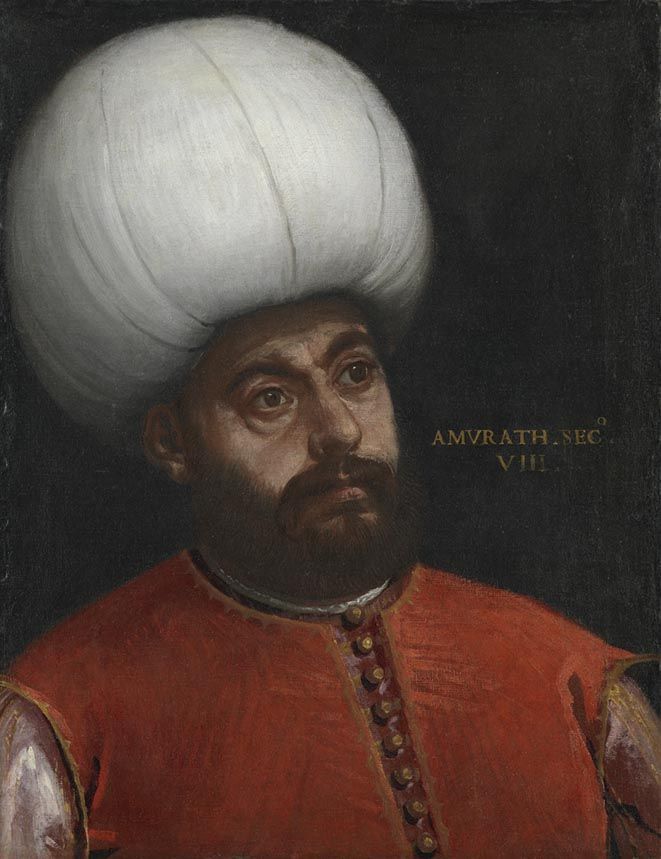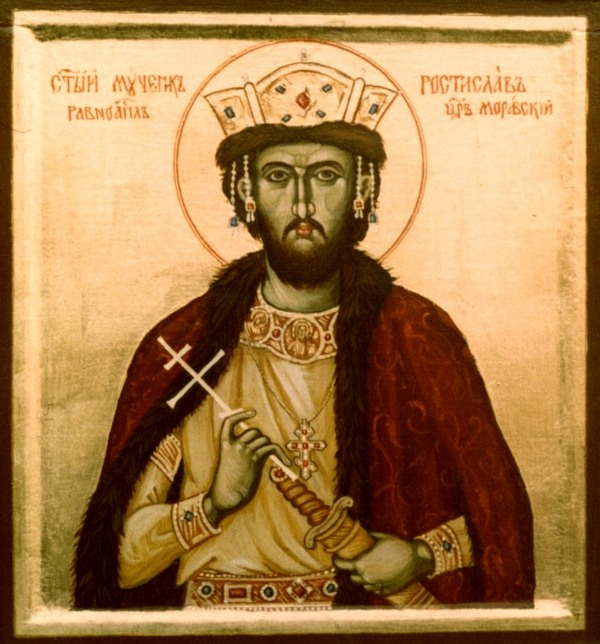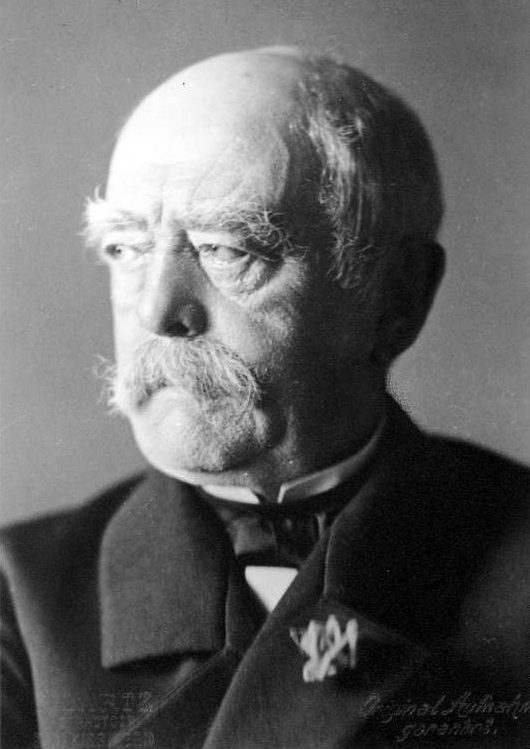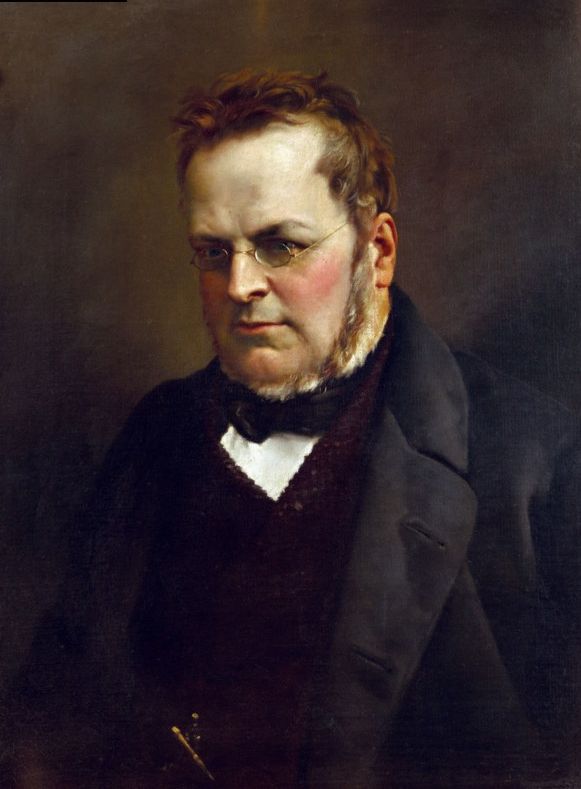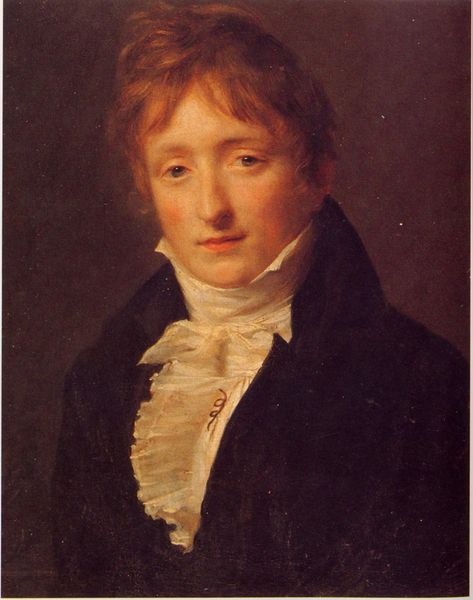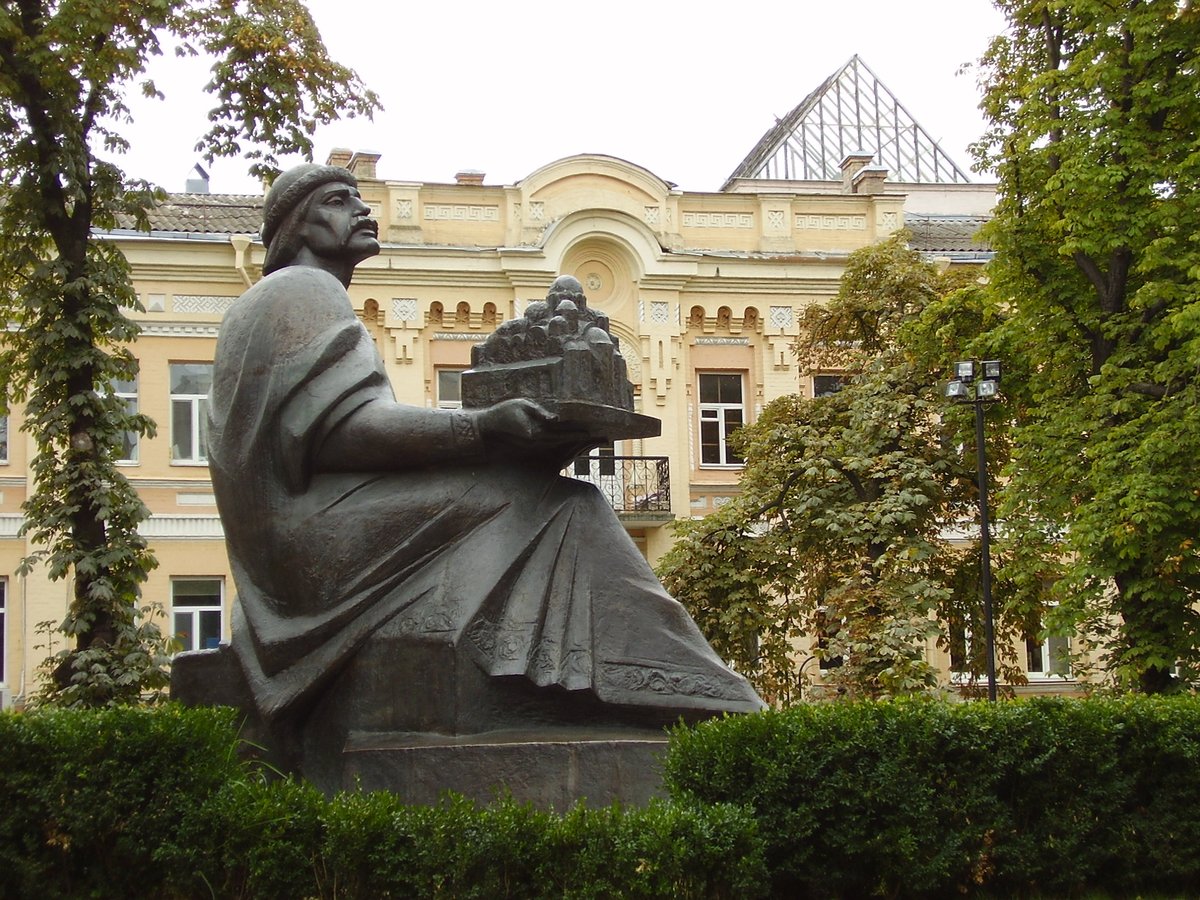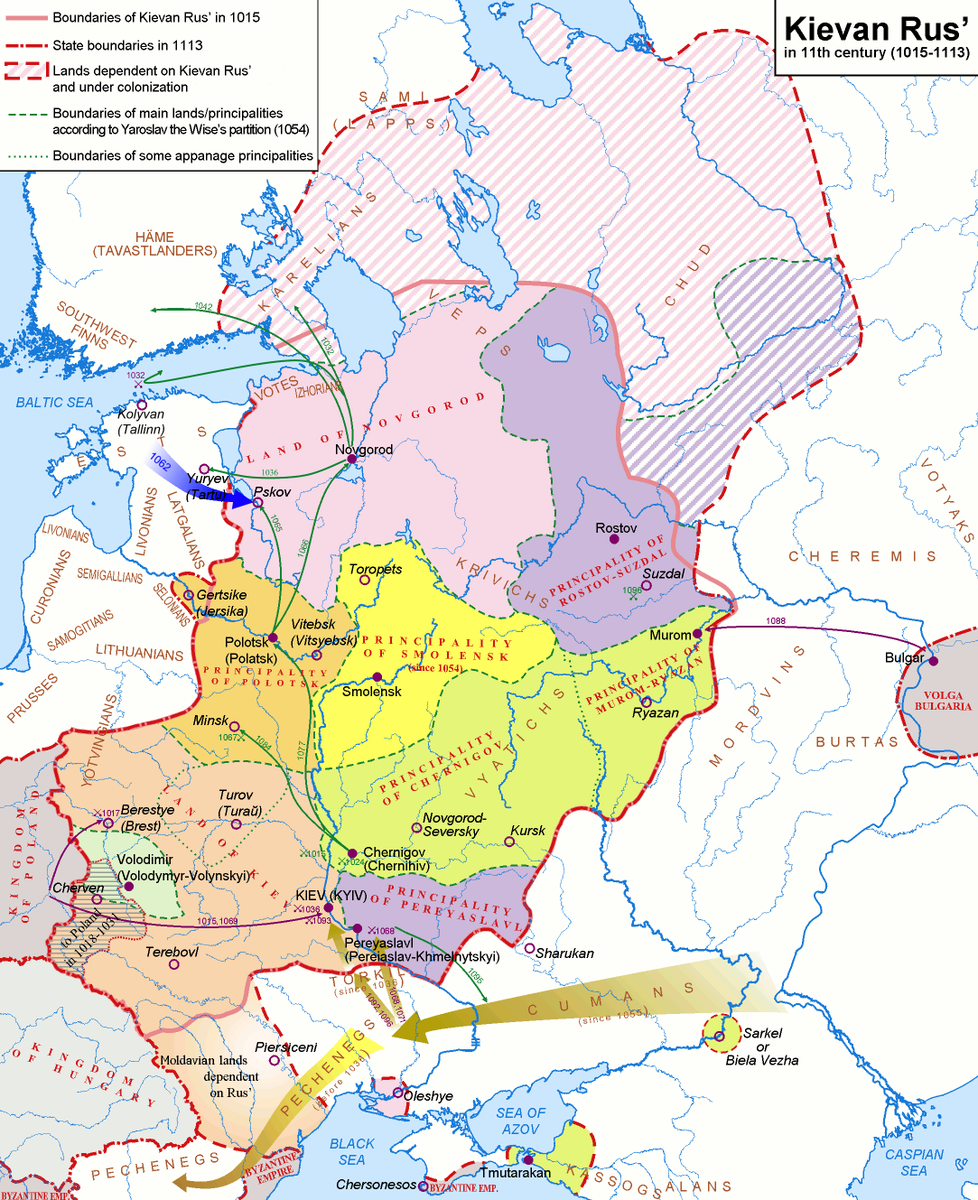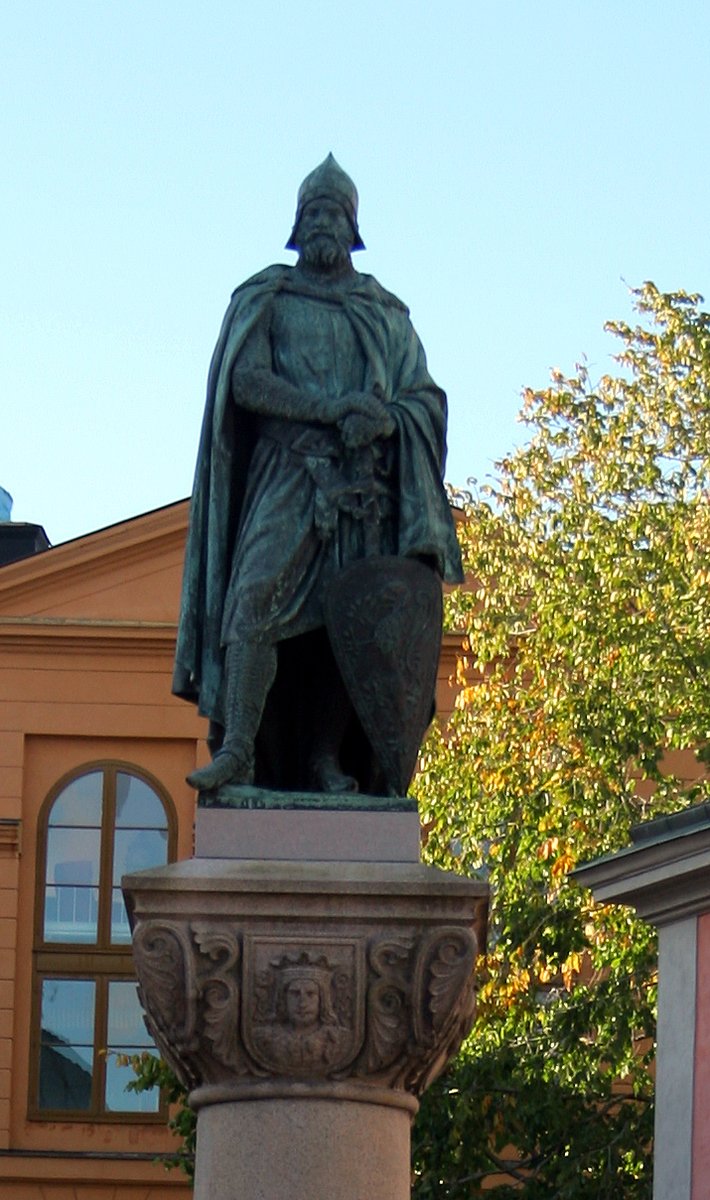Born to a Prince, later imprisoned and crowned,
Married to a King, deposed and killed,
A Queen who ended a war, but started another; imprisoned and ransomed by a King.
Story in the evening ...
Married to a King, deposed and killed,
A Queen who ended a war, but started another; imprisoned and ransomed by a King.
Story in the evening ...
https://twitter.com/Arby_K/status/1398104400439037953
Marguerite d'Anjou was born in 1430 to René d'Anjou, Duke of Bar, and Isabelle de Lorraine. In 1431, Isabelle and René inherited Lorraine, but Isabelle's cousin, Antoine de Vaudémont, disputed the inheritance. With the help of Burgundy, he imprisoned René at Dijon. 1/10 
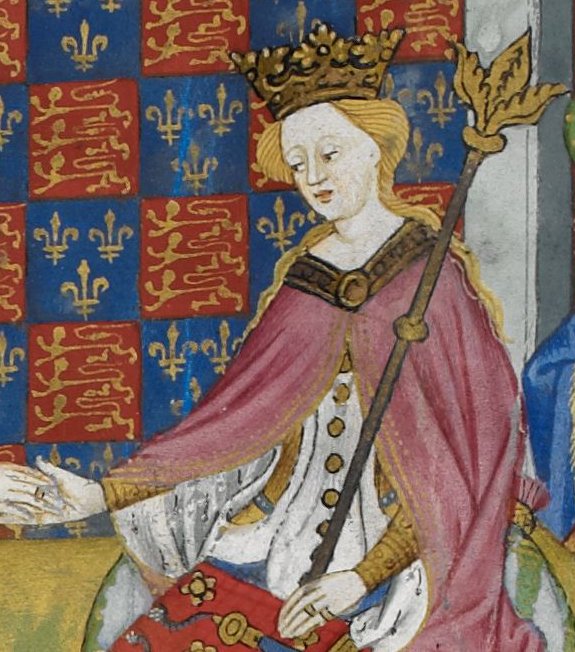
The cousins made up in 1433, with Emperor Sigmund confirming the inheritance. René also inherited Anjou in 1434 from his brother and the next year, the Kingdom of Naples, from an heirless Queen Jeanne II. But by 1442, René was expelled from Naples by Alfonso de Castilla. 2/10 

In 1444, a marriage was proposed between Marguerite and King Henry VI of England. The English had let go their claims of Anjou and Maine, which René now ruled, in 1360, though they still retained substantial interests in Maine. The marriage virtually ended these interests. 3/10 

England and France had been at war since 1337. But after 1429, France had managed to evict English from most of France. The marriage formed part of a truce to end Hundred Years' War. In addition to René being a French Prince, his sister Marie was married to the French King. 4/10
The loss of Maine proved to be unpopular in England. It left Normandy undefended and soon enough France re-acquired it. By 1453, the English managed to retain only a foothold in France, with Calais. This brought Richard, Duke of York, to the forefront of England. 5/10 

Richard theoretically had a better claim on the crown. When King Henry showed bouts of insanity that had plagued the life of his maternal grandfather, King Charles VI of France, the Yorkists took advantage. After victory at St Albans, York was appointed as "Lord Protector". 6/10 

Queen Marguerite came to the defence of her insane husband and her new born son, Edward. She raised an army with Henry's supporters and routed Yorkists at Ludford Bridge in 1459. The next year, York returned stronger and captured the King. 7/10 

Queen Marguerite's forces notched up victories at Wakefield and St Albans, but was ultimately defeated at Towton in 1461, forcing the Queen to escape to Scotland with her family. Richard had died at Wakefield and his son, Edward, became King in 1461. 8/10 

Henry returned to England in 1464, but was captured in 1465. Rivalry between King Edward and his key ally, Warwick, saw Edward flee and Henry restored in 1470. But Edward returned in 1471 and with victory at Tewkesbury got the throne back. 9/10 

Both Henry and Marguerite were imprisoned, while their son died in battle. Henry died in prison and Marguerite was ransomed by her cousin, King of France. War of the Roses continued though, ending with Henry Tudor, son of Henry's Welsh half brother becoming King in 1485. 10/10 

• • •
Missing some Tweet in this thread? You can try to
force a refresh


